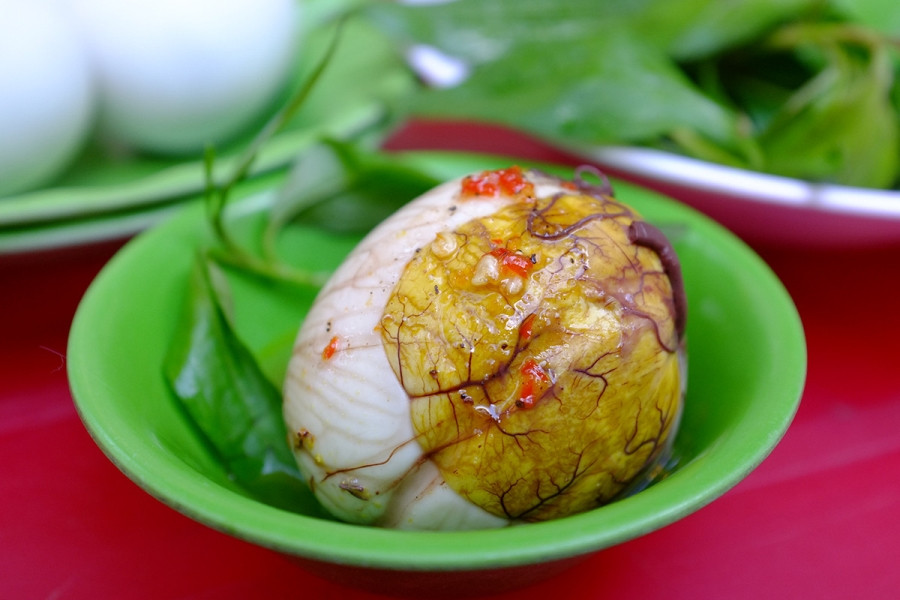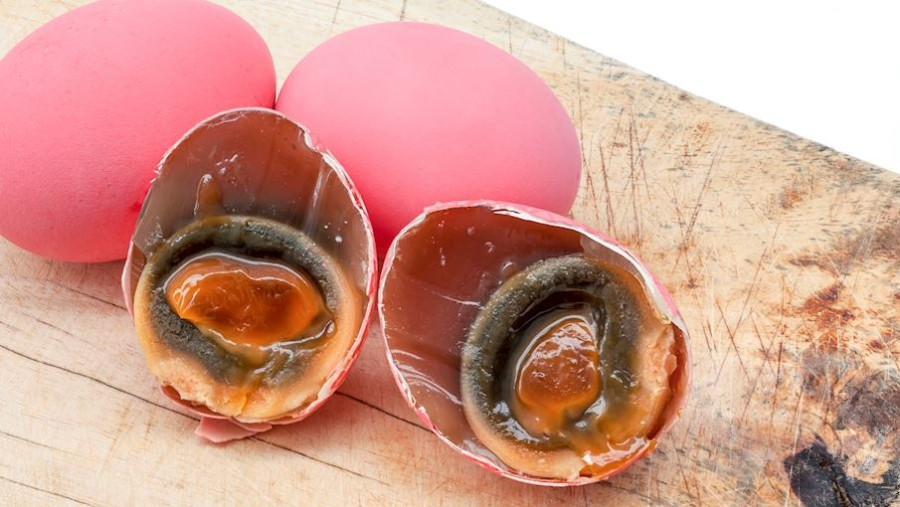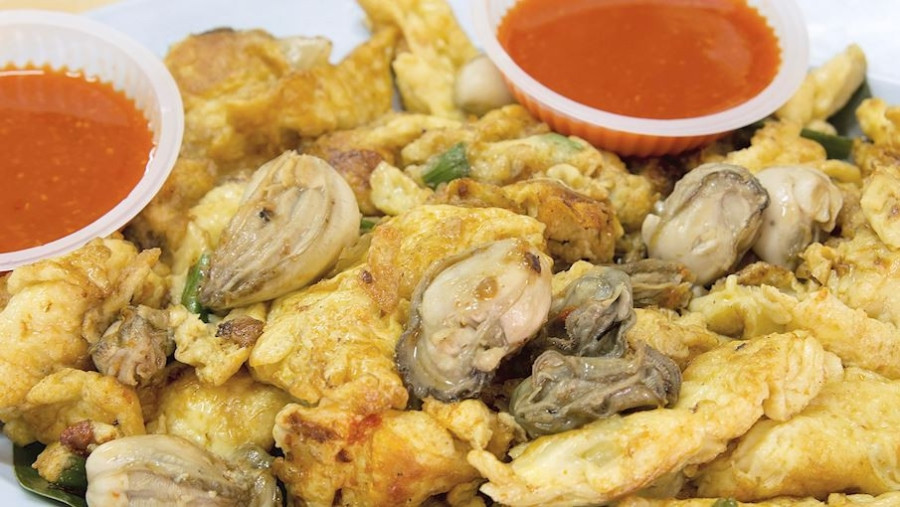Recently, the famous culinary site TasteAtlas has included balut in the list of the "scariest" egg dishes on the planet.

TasteAtlas describes "Balut is a popular street food in some Southeast Asian countries such as Vietnam, the Philippines, Laos, or Cambodia. This dish is made from eggs that have all the parts of a young duck (about 17-21 days old) inside. The eggs are usually boiled, eaten with seasoning powder and Vietnamese coriander leaves".
The reason this dish is popular with locals is because they believe it has a tonic effect. In addition, in the summer, this is also an ideal snack to eat with beer. Balut is also used as an ingredient in hot pot in restaurants.

Another name on the list is the century egg, also known as the Chinese century egg or thousand-year egg. Made by incubating eggs in a mixture of salt, clay, ash, quicklime and rice husks, over time the egg white will solidify and turn dark brown.
The dish is said to have originated during the Ming Dynasty in Hunan, when a farmer found duck eggs in a pool of lime and decided to try them. He then added salt to the eggs to improve the flavor. Today, Chinese century eggs are often compared to Western "rotten" cheeses because if you are not used to them, they have a strong ammonia smell like "horse urine". Century eggs are often eaten by locals as an appetizer or as a side dish with rice, meat porridge and pickled ginger.

Oyster omelette is also named after the bumpy, bumpy oysters that sometimes scare the "weak-hearted" diners. This dish originated in the city of Chaozhou and the Fujian region of China. Oyster omelette is a typical dish of Hokkien - the Chinese community living in Taiwan, Malaysia, Singapore, Indonesia and the Philippines. The dish is usually made from small oysters with a mixture of potato starch and beaten eggs.
Depending on the region, the cook will sometimes add a little spicy chili sauce mixed with lemon juice to enhance the flavor of the dish. Tainan City in Taiwan (China) is even known as the "oyster omelette paradise" because of its location near the sea, so this dish is always prepared best with freshly caught oysters.
According to Vietnamnet